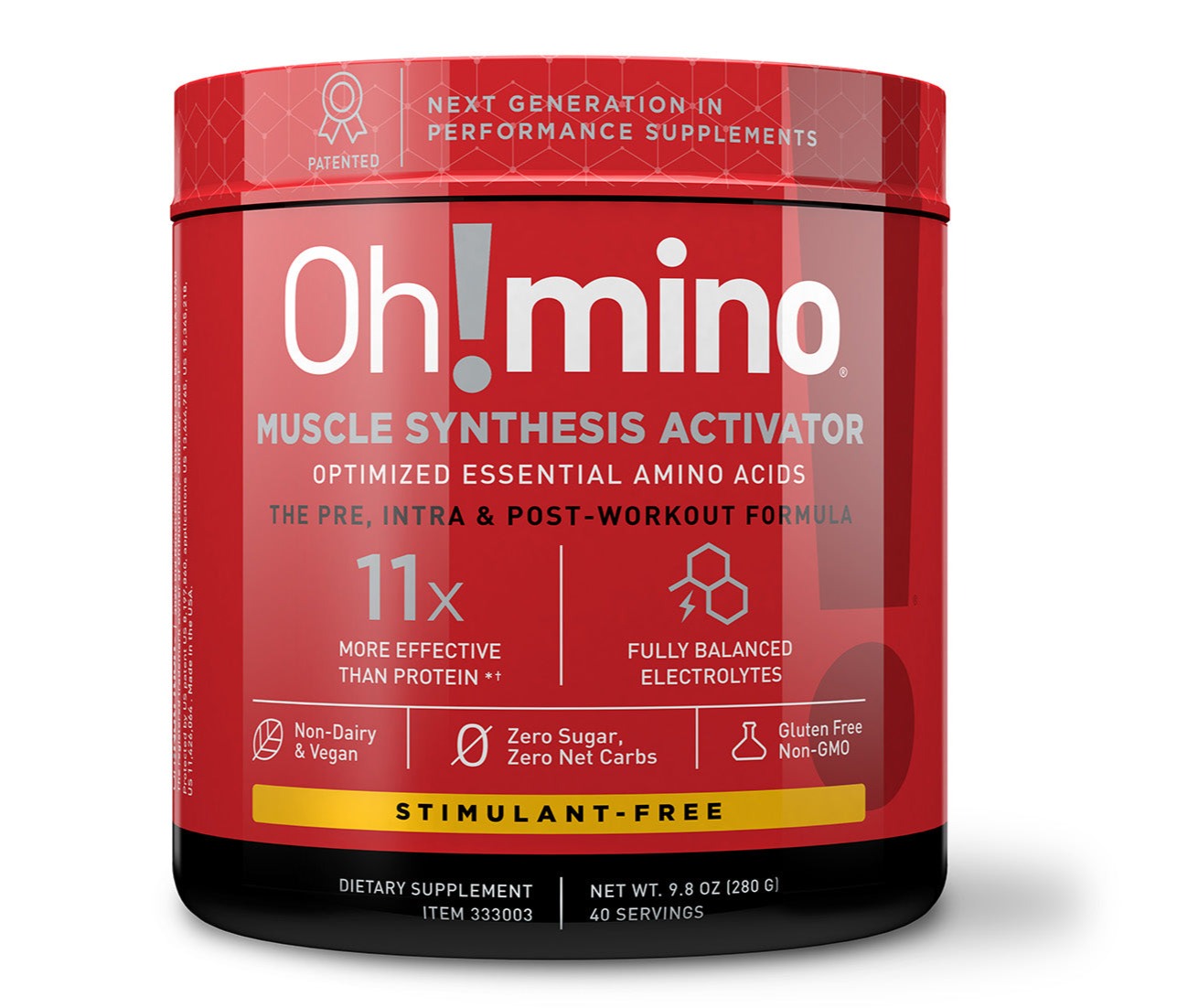When most people think of rest days, they picture lounging on the couch, binging their favorite shows, and giving their muscles a break from the rigors of a workout routine.
However, what if I told you that there’s a more effective way to recover that can actually improve your fitness levels and reduce soreness without completely stepping away from activity?
This post will explore the concept of active recovery, a lesser-known but highly beneficial strategy that can transform how you think about rest days.
Rethinking Rest Days: The Role of Active Recovery
Beyond Total Rest
Traditionally, rest days have been seen as a time to completely abstain from physical activity, allowing the body to repair and rejuvenate.
While total rest has its place, active recovery introduces a more dynamic approach.
Instead of full inactivity, active recovery involves engaging in low-intensity exercises that promote circulation, reduce muscle stiffness, and help your body recover faster.
It’s about finding the balance between rest and movement, ensuring that your recovery days contribute to your overall fitness goals.
The Science Behind Active Recovery
Boosting Circulation and Reducing Muscle Soreness
One of the key benefits of active recovery is its ability to enhance blood flow.
Low-intensity activities, such as walking, cycling, or yoga, encourage circulation without placing additional stress on the muscles.
This increased blood flow delivers oxygen and nutrients to fatigued muscles, aiding in the repair process and flushing out metabolic waste products like lactic acid, which can contribute to muscle soreness.
Preventing Stiffness and Maintaining Mobility
When you opt for complete rest, your muscles can become stiff, especially after an intense workout.
Active recovery, however, helps maintain flexibility and range of motion by keeping the muscles and joints moving.
Activities like swimming or light stretching can be particularly effective in preventing stiffness and ensuring that your muscles remain pliable and ready for your next workout.
The Mental Benefits of Active Recovery
Reducing Mental Fatigue
Physical rest is important, but so is mental rejuvenation.
Engaging in low-intensity activities can provide a mental break from high-pressure training while still keeping you in the mindset of progress.
Active recovery can include more meditative forms of exercise, such as tai chi or gentle yoga, which help reduce stress and improve mental clarity.
These activities allow you to recharge mentally without the psychological inertia that can come from total inactivity.
Promoting Consistency and Routine
Another advantage of active recovery is that it keeps you in the habit of daily movement.
Consistency is key in fitness, and active recovery allows you to maintain a routine without overtraining.
By staying active every day, even at a lower intensity, you’re less likely to skip workouts and more likely to stay committed to your fitness journey over the long term.
Active Recovery Enhances Overall Performance
Preventing Overtraining and Injury
One of the most significant risks in a regular fitness routine is overtraining, which can lead to injury, burnout, and setbacks in progress.
Active recovery helps mitigate this risk by providing a form of rest that still contributes to your overall fitness.
By incorporating low-intensity exercise, you allow your body to recover more effectively, reducing the likelihood of injuries and ensuring that you can train harder on your active days.
Improving Long-Term Fitness Gains
It might seem counterintuitive, but active recovery can actually lead to better long-term fitness results.
By promoting faster recovery, maintaining flexibility, and preventing injuries, active recovery enables you to train more consistently and with greater intensity over time.
This consistency is crucial for making steady, sustainable progress towards your fitness goals.
Practical Tips for Incorporating Active Recovery
- Choose the Right Activities: Select low-intensity exercises that you enjoy and that don’t place too much strain on your muscles. Options include walking, swimming, light cycling, or yoga.
- Listen to Your Body: Pay attention to how your body feels during active recovery. The goal is to enhance recovery, not to push your limits. If you’re feeling particularly fatigued, opt for gentler activities.
- Keep It Short: Active recovery sessions don’t need to be long. Even 20-30 minutes of low-intensity movement can provide significant benefits.
- Incorporate Stretching: Stretching can be a key component of active recovery, helping to maintain flexibility and prevent muscle stiffness.
- Stay Hydrated and Nourished: Recovery isn’t just about movement; it’s also about fueling your body. Ensure you’re drinking plenty of water and consuming nutrient-rich foods to support the recovery process.
Active recovery offers a fresh perspective on rest days, challenging the traditional notion that recovery requires complete inactivity.
By incorporating low-intensity exercises into your routine, you can enhance blood flow, reduce muscle soreness, prevent stiffness, and even boost your mental well-being.
The benefits of active recovery extend beyond just feeling better on your rest days—they contribute to long-term fitness gains and help you maintain consistency in your training.
Next time you’re planning your week, consider making your rest days more active and discover the surprising advantages it can bring to your fitness journey.




